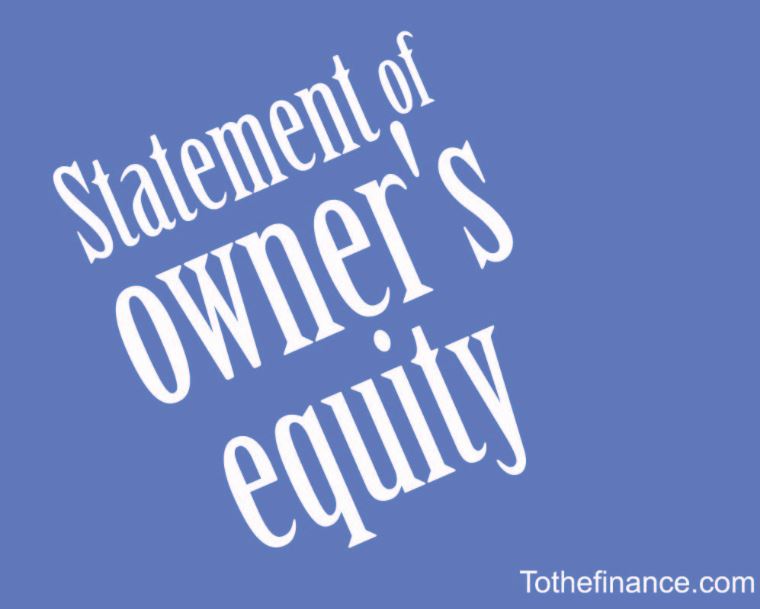Statement of owner’s equity help to understand the current wealth owned by shareholders/owners. The movement of balance in the statement indicates whether the business has achieved its goals. In simple words, if the balance increases, the business has been doing great and vice versa.
This statement shows as of balance in the equity account. It means an opening from the last accounting period, an adjustment for the current accounting period and a closing at the end. This can be understood with the following format.
| Opening balance | XXX/(XXX) |
| Profit/loss for the period | XXX/(XXX) |
| Closing | XXX/(XXX) |
Please note that the opening balance may be positive or negative. If the opening balance is positive, it’s said that there is retained earnings on a company’s balance sheet. On the other hand, if the opening balance is negative, it’s called accumulated loss.
It’s important to note that profit/loss is taken from the income statement and adjusted in this statement. If there is a profit in the income statement, it will increase the balance of equity. However, if there is a loss, it will lead to a decrease in the equity balance. In fact, the balance fluctuates due to profit/loss adjusted in the equity balance. Generally, at the start of business, the opening balance is positive and turns out to be negative if the business makes a loss consistently.
Another important element of the statement of owner’s equity is the balance for the unrealized profit/loss. For instance, if there is a revaluation in the property, plant, and equipment, the gain is unrealized and reflected in the statement of changes in equity. So, unrealized gain directly impacts the retained earnings/accumulated loss.
This statement is one of the main constituents of the overall financial statement and helps to understand the pattern of the company’s performance.
Frequently asked questions
What is retained earnings?
Retained earnings is the amount the business has earned throughout its life. It’s the profit accumulated by a business from period to period and time to time. If the final number is positive, it’s retained earnings. However, if the final number is negative, it’s accumulated loss.
What has accumulated loss?
Accumulated loss is the number accumulated by a business throughout its life. If the business has been making a consistent loss, the capital of the business turns out to be negative. Since this loss has been accumulated throughout business life, it’s called accumulated loss.
Why is accumulated loss not considered to be good?
Accumulated loss indicates that the business has been facing losses continuously. Hence, bankers and creditors do not like businesses that generate losses continuously.
Why SOCE/Statement of changes in equity is important?
SOCE helps to understand the business performance in the recent past. For instance, if there has been profit in the business, the retained earnings increases. On the other hand, if the business has been making losses, the equity balance decreases, or it might get converted into accumulated losses.
What is other comprehensive income?
Comprehensive income is part of the financial statement that includes items not included in the income statement. For instance, revaluation gains on property, plant, and equipment are not included in the income statement as this gain is unrealized. So, this type of gain is included in the comprehensive income. However, once the gain is realized, it’s transferred to the income statement/profit and loss statement.
